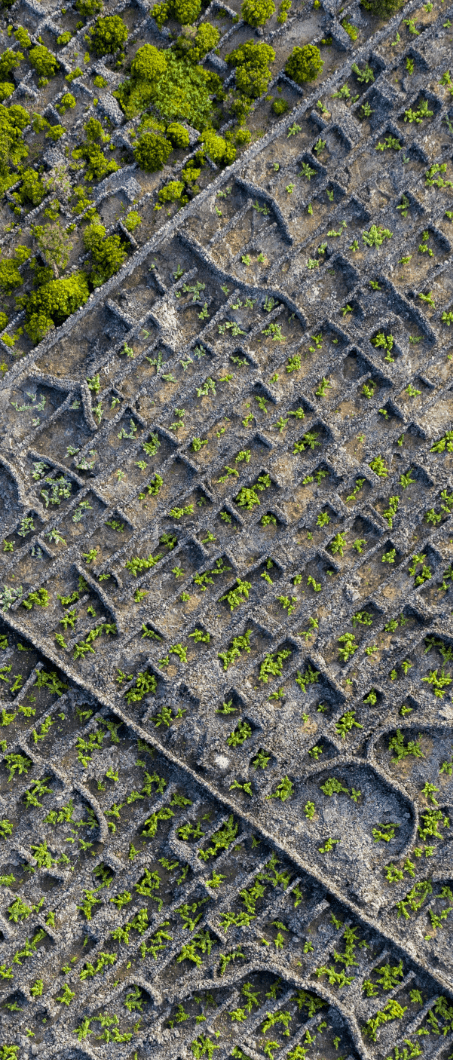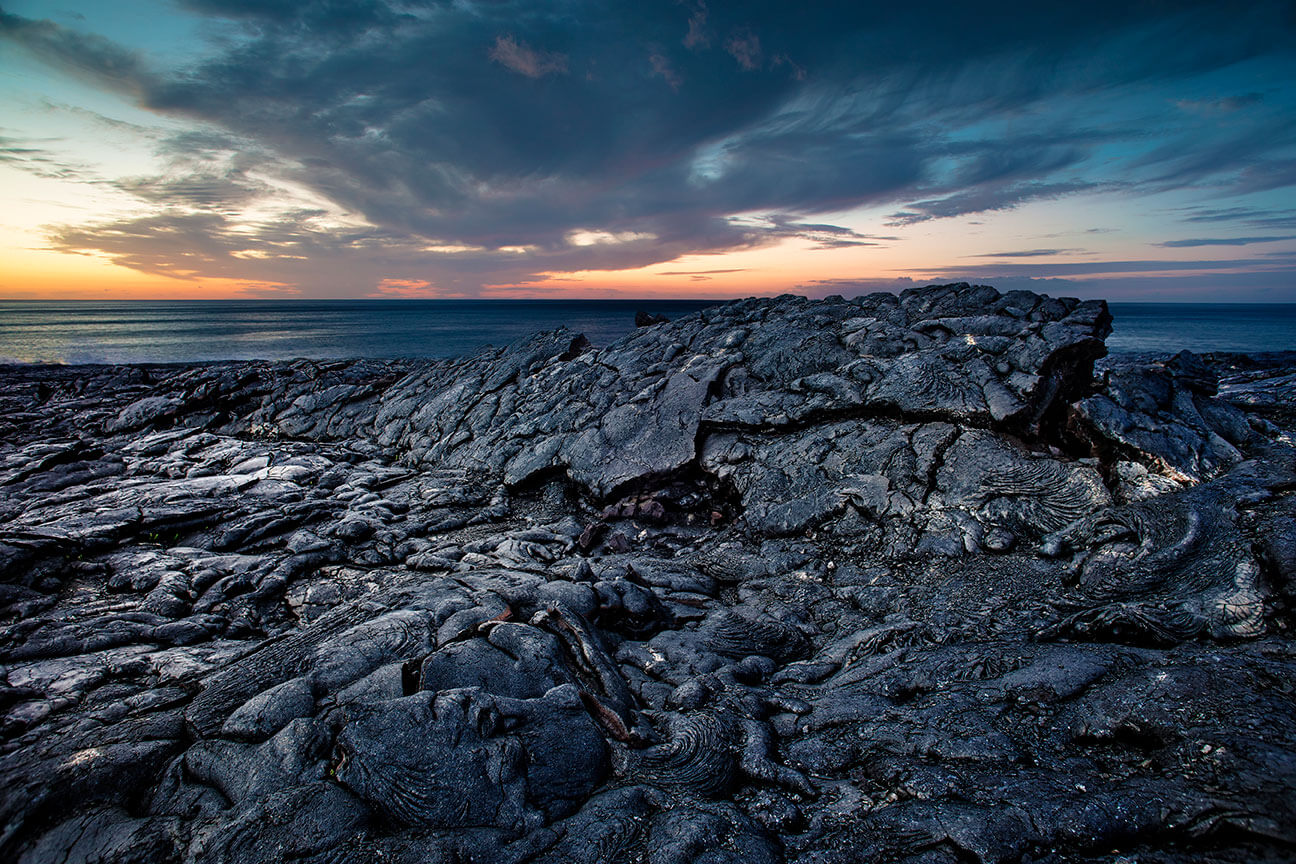Do you have legal drinking age?
It is said that it was Friar Pedro Gigante who planted the first vineyards on the island (15th century). There are currently three noble indigenous varieties. Arinto dos Açores, Verdelho, and Terrantez do Pico, which survived within the stone corrals.


≅80 000 km
"The stone walls existing in the Protected landscape, if aligned they would take two laps to Ecuador."

As soils and base stones, which make it impossible to grow crops and the development of the island, they were raised and assembled in black corral mazes and mazes that today bind the island's landscape and allow the culture of the vineyard.
These serve as shelter for salines, resembling mazes. This type of viticulture, with a surprising visual impact, involves hard work and dedication, as all vine work is done by hand without any mechanism..
Historically, the areas of grape production are concentrated in the municipality of Madalena, the parish of the same name and those of Candelária, Cria Velha Velha and Flags, in areas of 100 m or less. In the municipality of São Roque, Santa Luzia parish.
The viticulture is well marked by the island, making it a true itinerary to discover lakes, tidal wells, centuries-old ravines or wineries and hermitages raised by wine.

Pico wine went a long way: in the seventeenth century, it preferably went to the West Indies, New England, and Newfoundland, reaching the Russian Tsars.
Pico wine was so famous that it reached the great European housesand even the popes. Where luxury existed, the dry and sweet of Pico could not miss the table.
Later, the Pico vineyard is almost lost due to diseases in the grapes, among other misfortunes. Noble grape varieties hardly resist and new varieties are introduced to maintain production and differentiate supply. The decline is so striking that winemaking ceases to dominate the local economy and the island's landscape is unrecognizable.

In 2004 the Protected Landscape of Regional Interest of Vineyard Culture, by recognition and classification by UNESCO, was elevated to World Heritage status.
This recognition has given a new impetus to the local viticulture in the continuity of the production of the noble varieties that originate the superior wines, and until 2018 recovered the production in X hectares of the protected landscape.

Recently, it is Portugal's turn to give new recognition to the vineyard culture by choosing the Municipality of Madalena as the “Portuguese Wine City 2018”.
Again Pico wine jumps into the spotlight appearing in all the country's media and being valued through the various initiatives that took place throughout the archipelago.